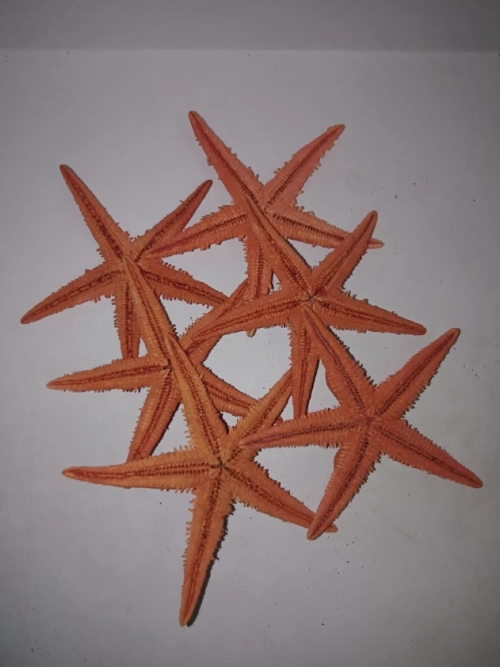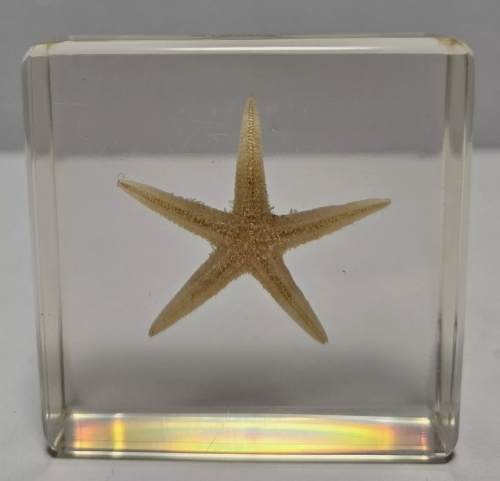The starfish is a unique and beautiful Marine creature that has attracted much attention due to its special morphology and diverse species. Starfish typically have five or more radiating arms on their bodies, a structure that allows them to exhibit remarkable adaptations when crawling, hunting, and defending the seafloor. The specimens of starfish can provide us with valuable scientific research data. By observing and analyzing the morphological characteristics, physiological structure and ecological habits of starfish, we can deeply understand the life style of this organism and its role in the Marine ecosystem.
The outer structure of starfish usually consists of hard skin and a surface with small calcareous spines, which allows them to effectively defend themselves against predators. By touching the specimen, you can feel the subtle texture of the surface, and these small spiny structures not only provide protection, but also provide the starfish with an opportunity for biological attachment. The colors of starfish range from vivid reds and purples to serene blues and yellows, which are interwoven with each other to show an amazing natural beauty.
In ecosystems,starfish are regarded as important predators, especially for shellfish and other Marine invertebrates. They feed in a unique way by sticking their stomachs out of their bodies,wrapping them around their prey and gradually digesting them. By taking a closer look at how starfish hunt,we can gain a clearer understanding of the Marine food chain and the importance of ecological balance.
Starfish also have unique strategies when it comes to reproduction. Most starfish are hermaphrodite and are externally fertilized in water by releasing eggs and sperm,and based on this method of reproduction,they can be widely distributed in the ocean. The regeneration ability of starfish is equally amazing, once they lose a limb,they can regenerate within a few months.
















